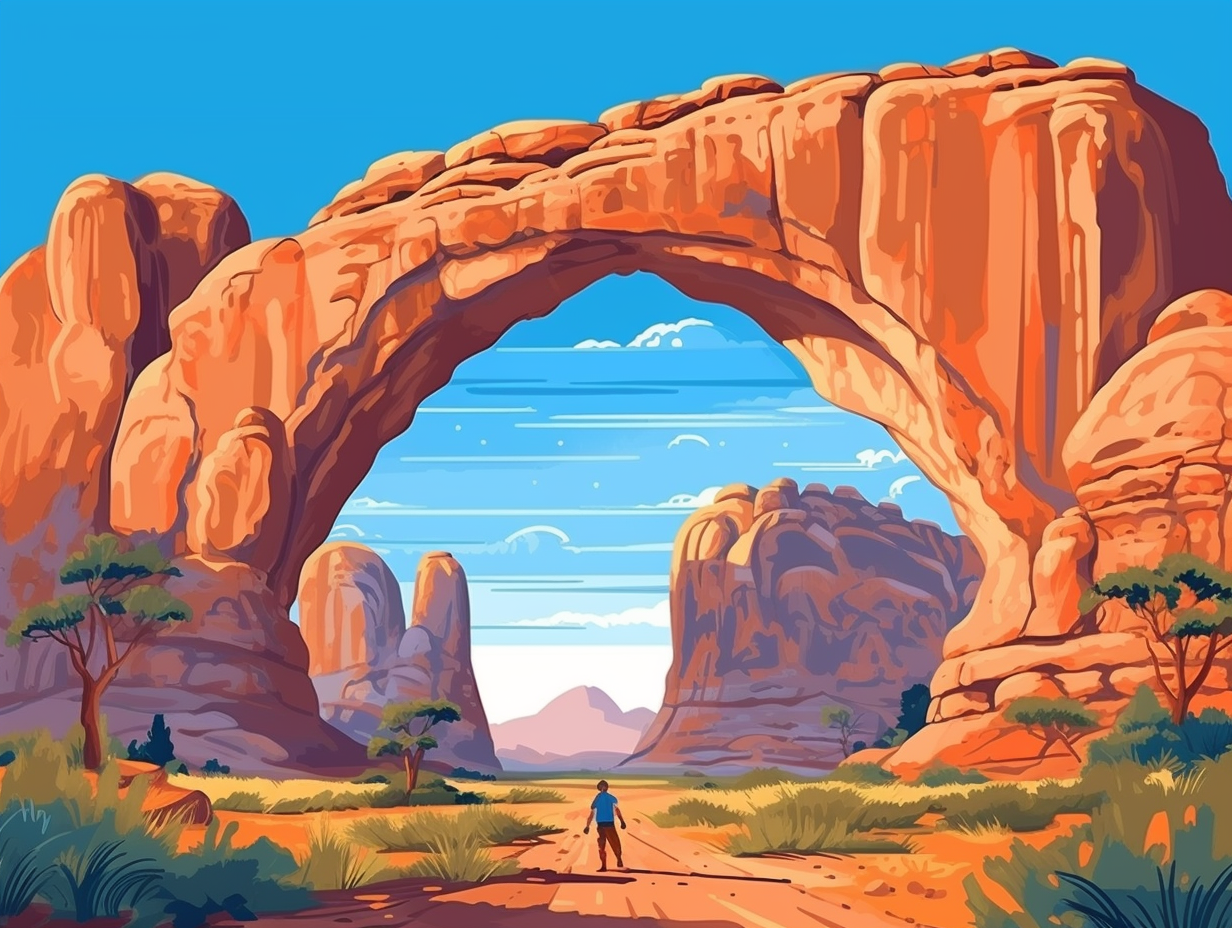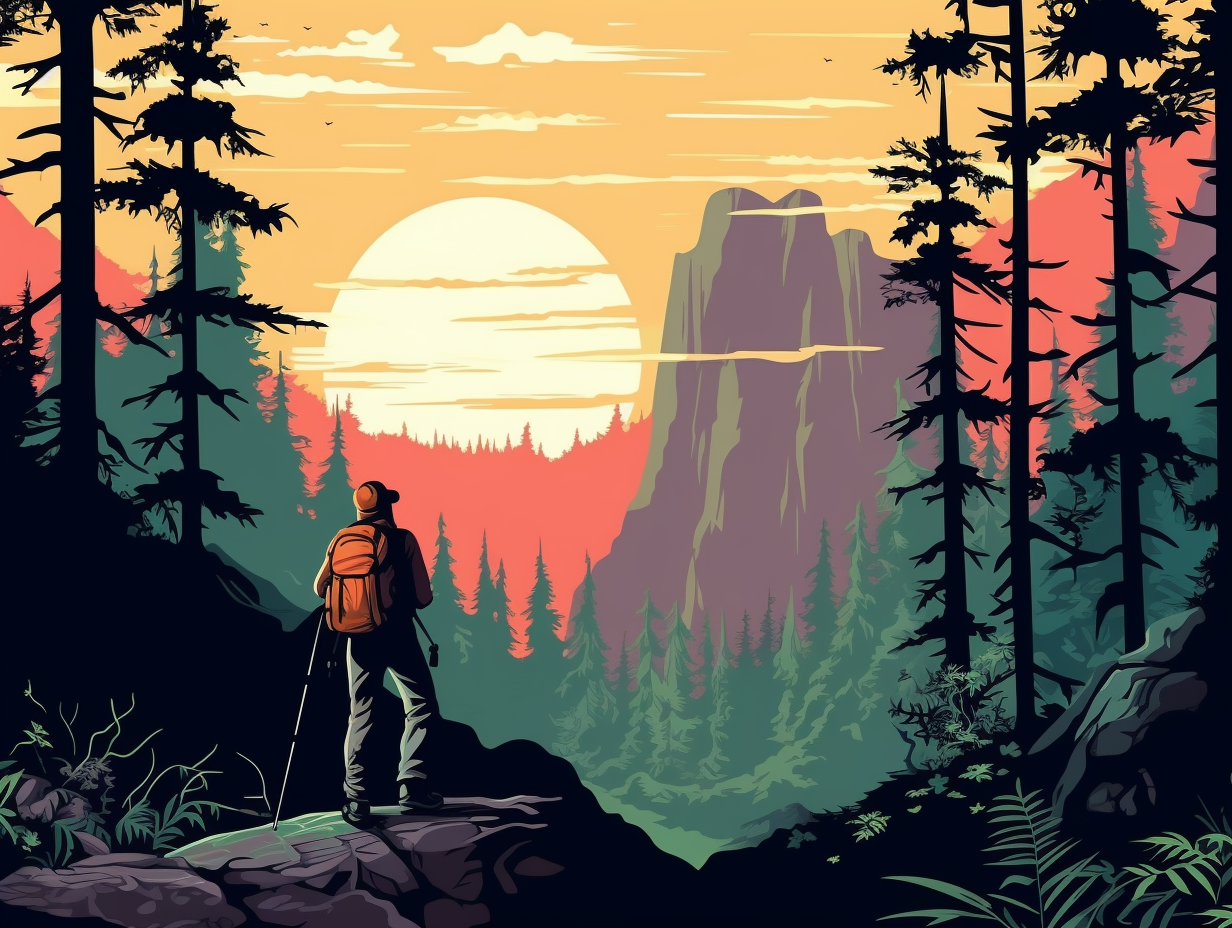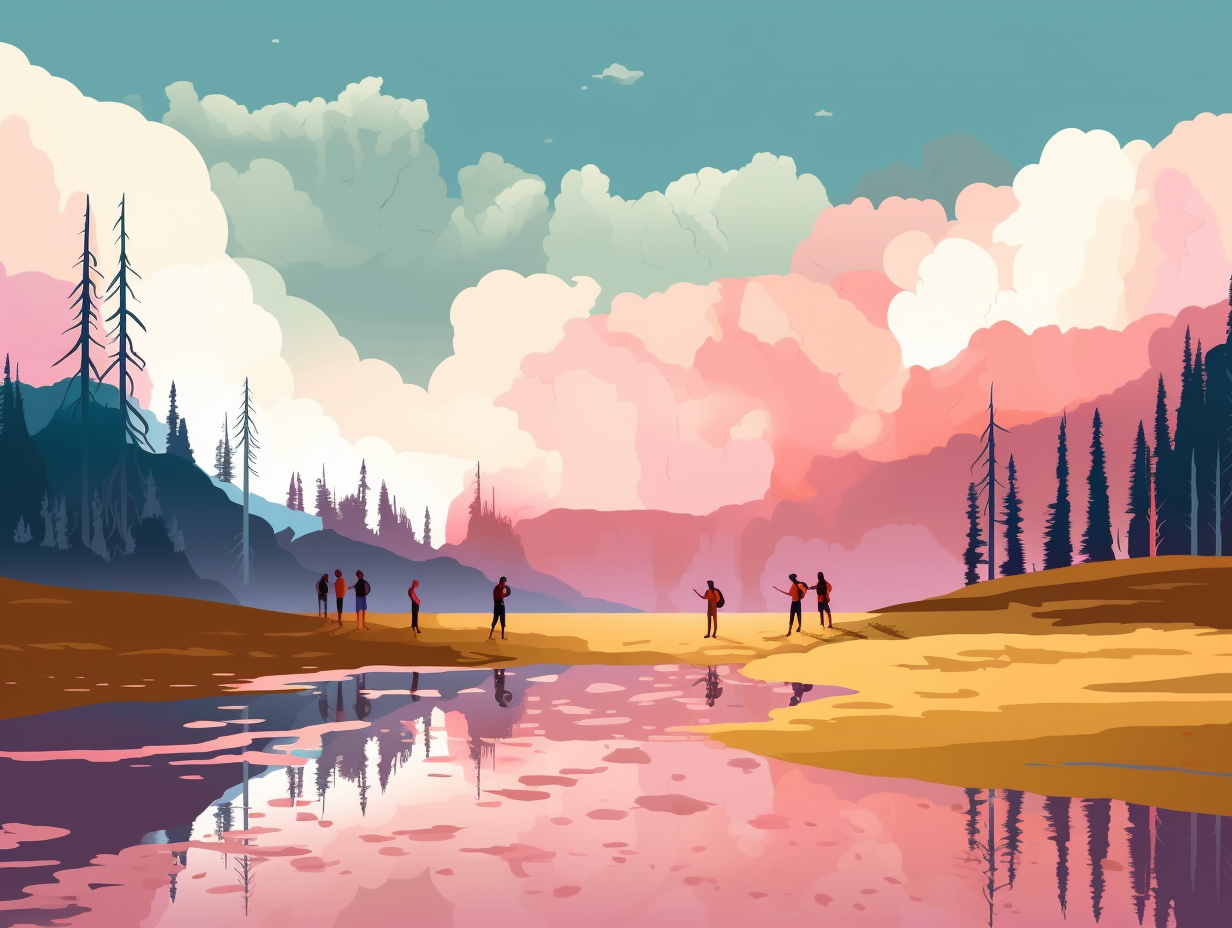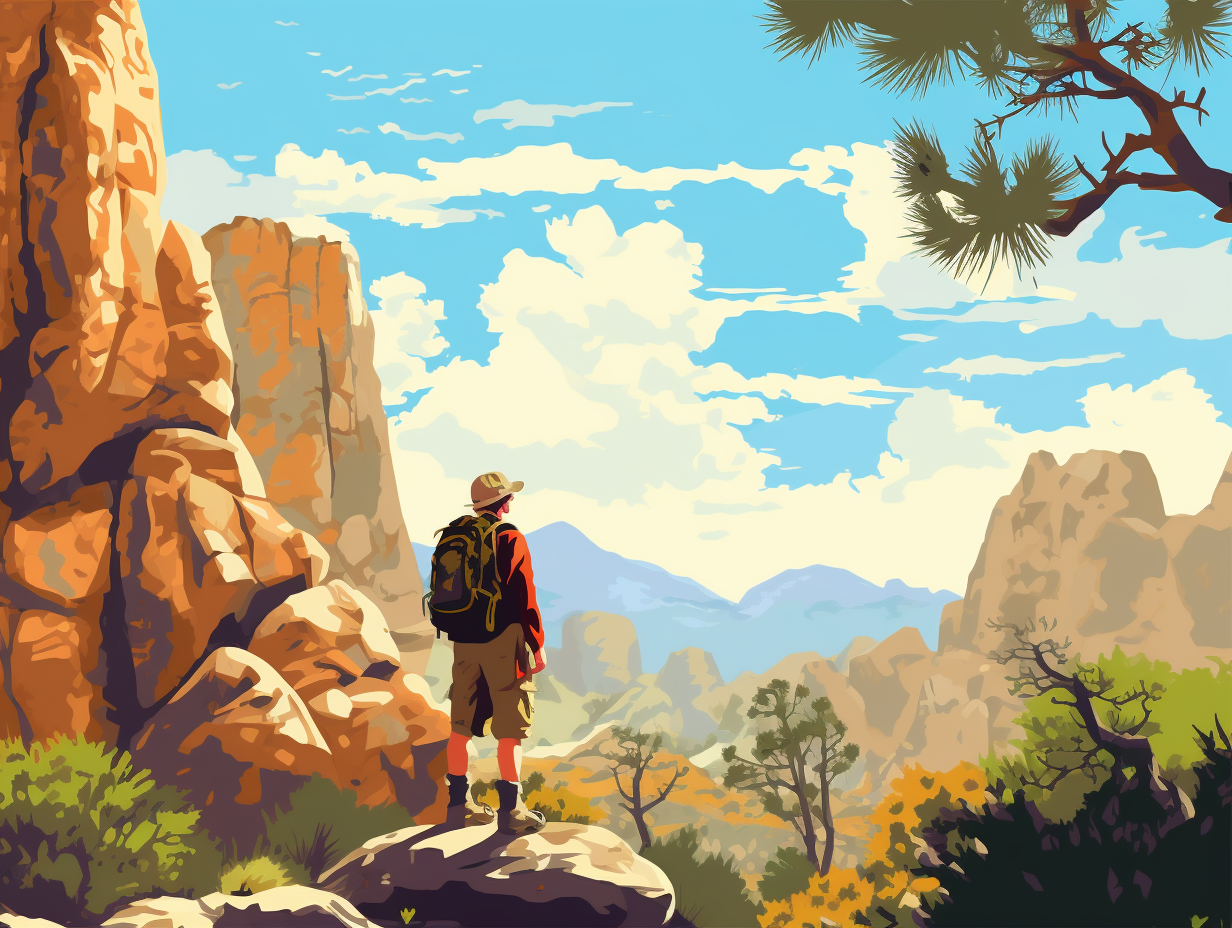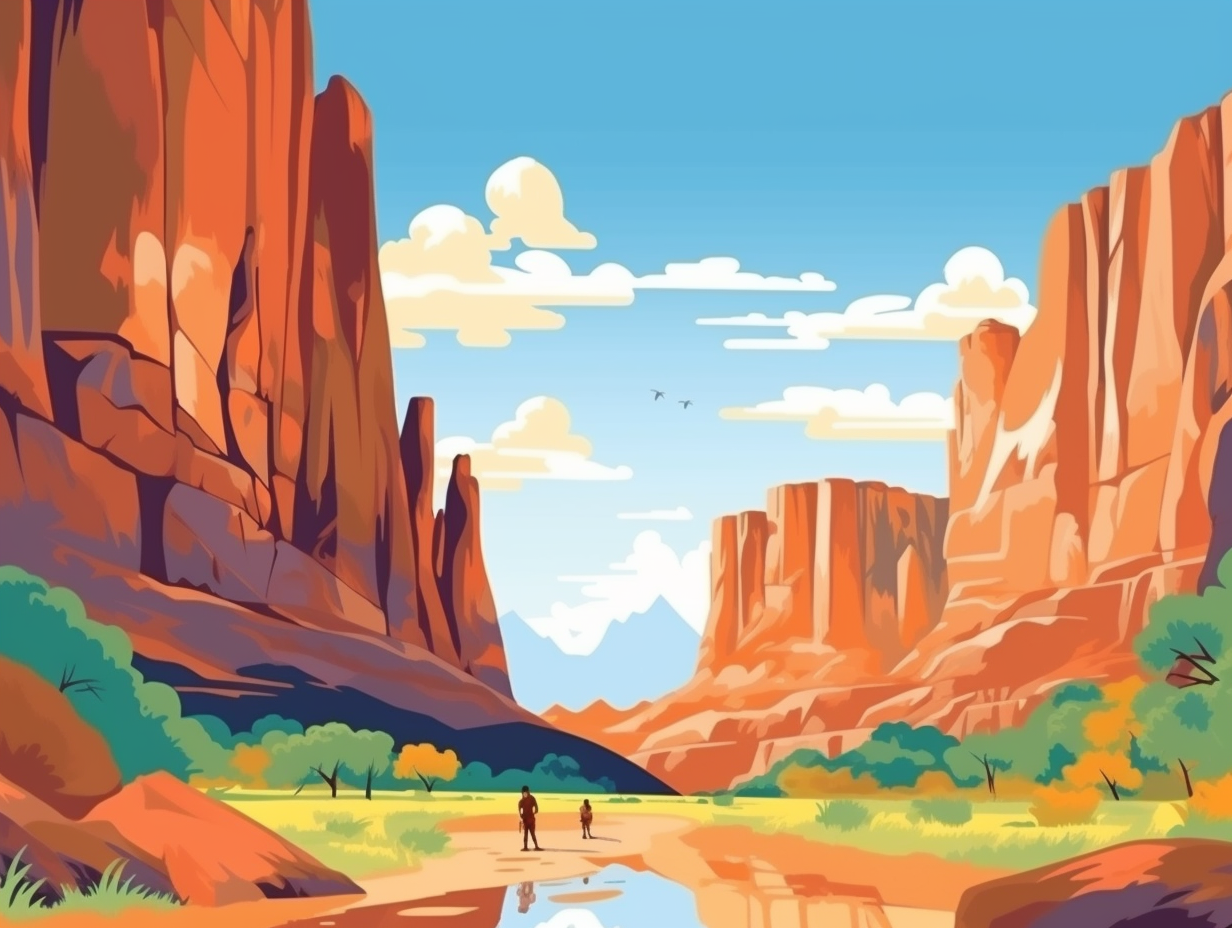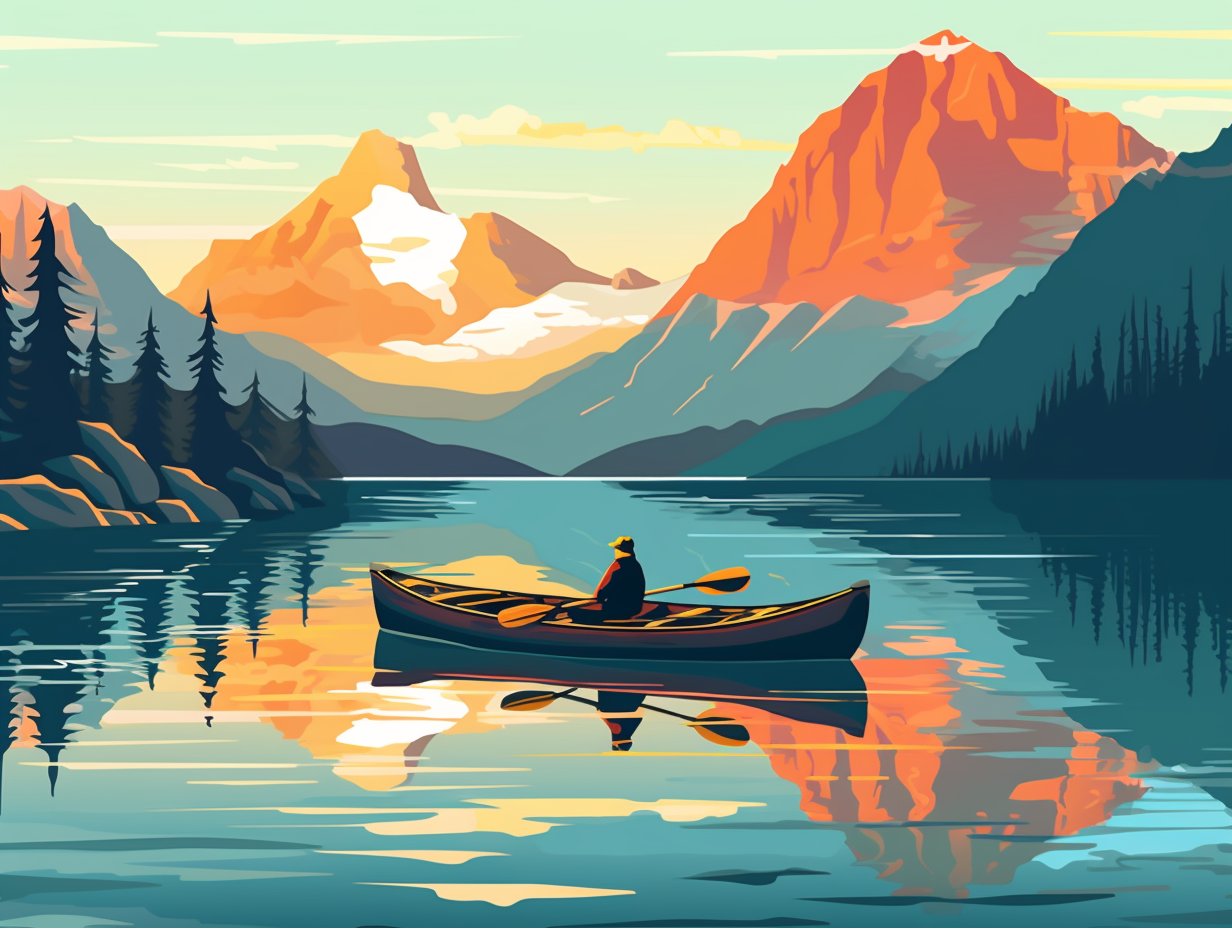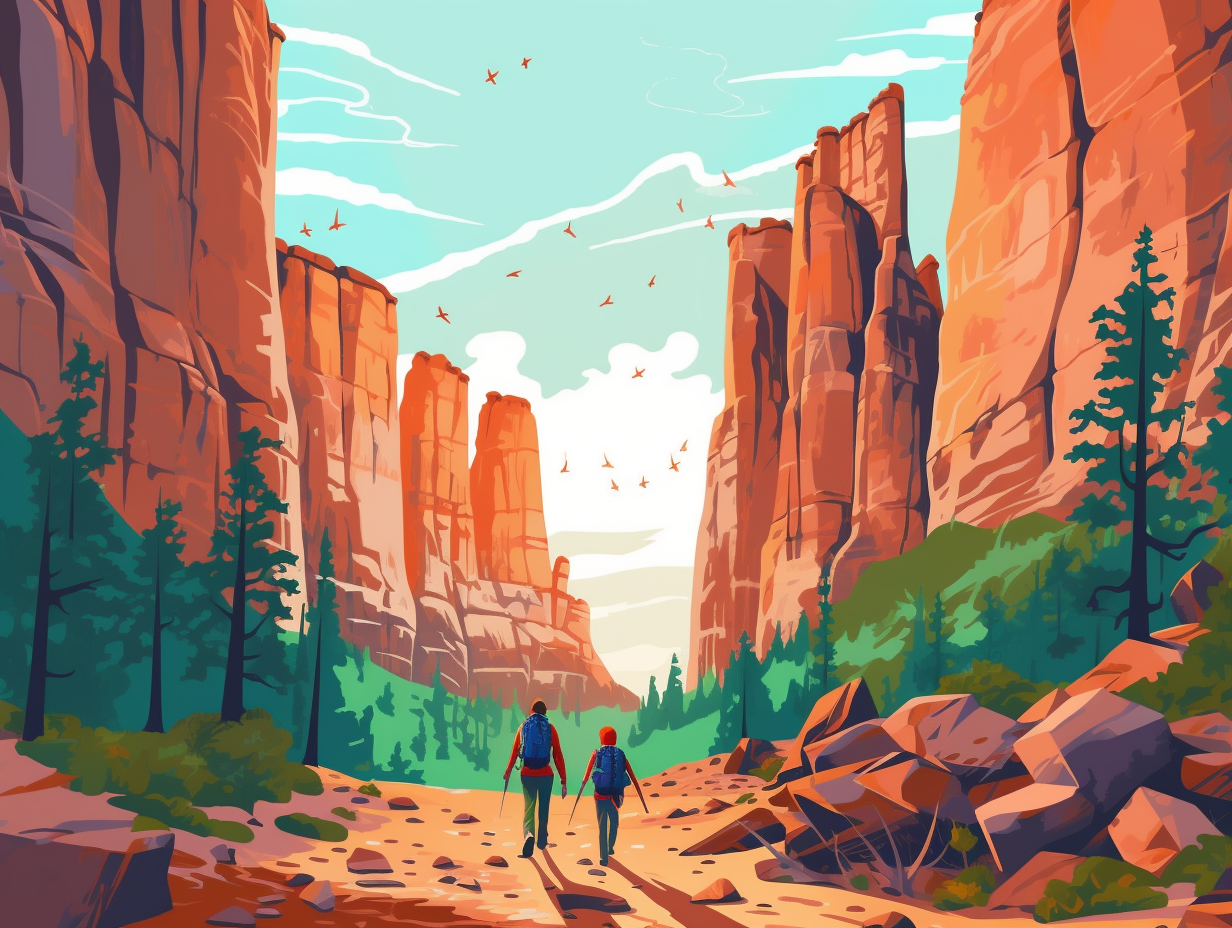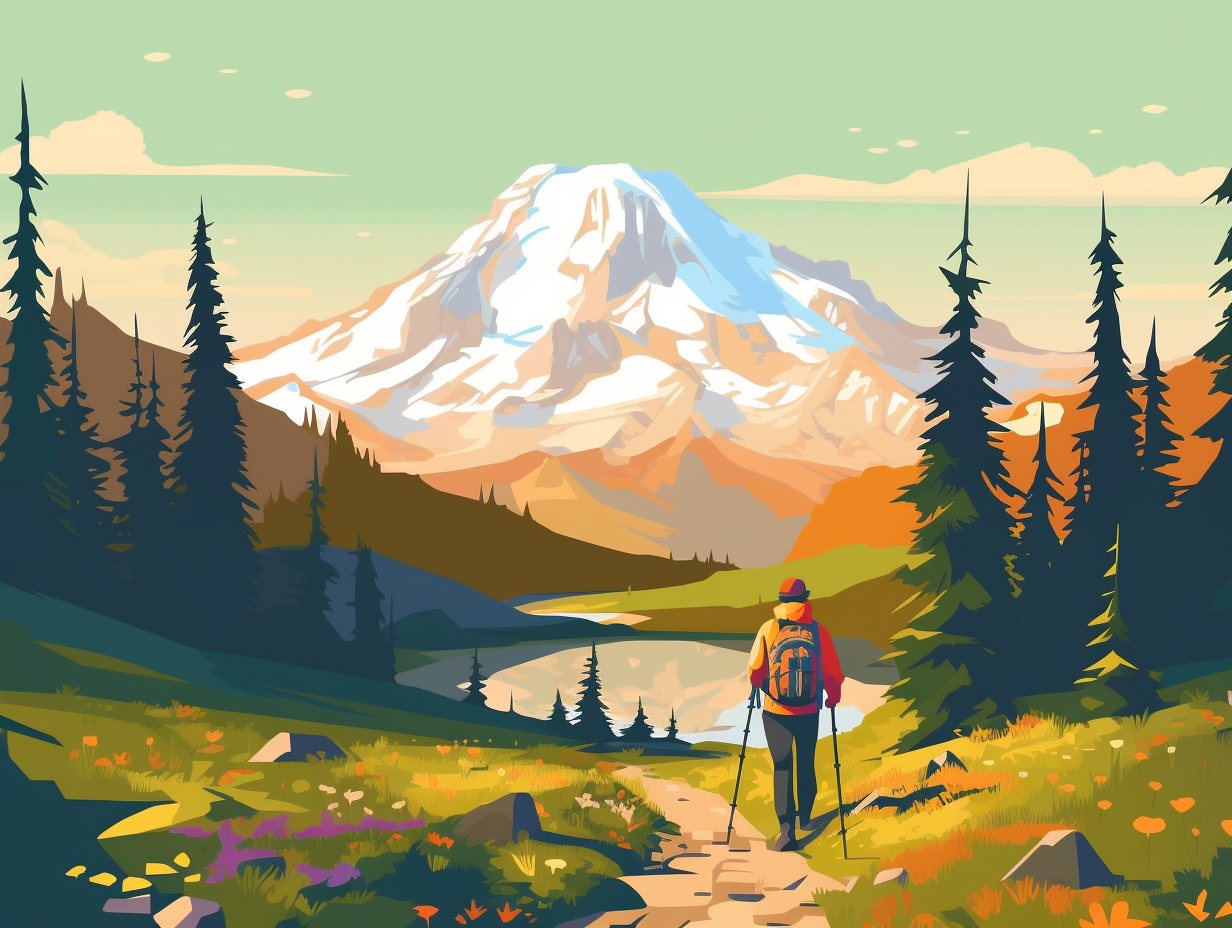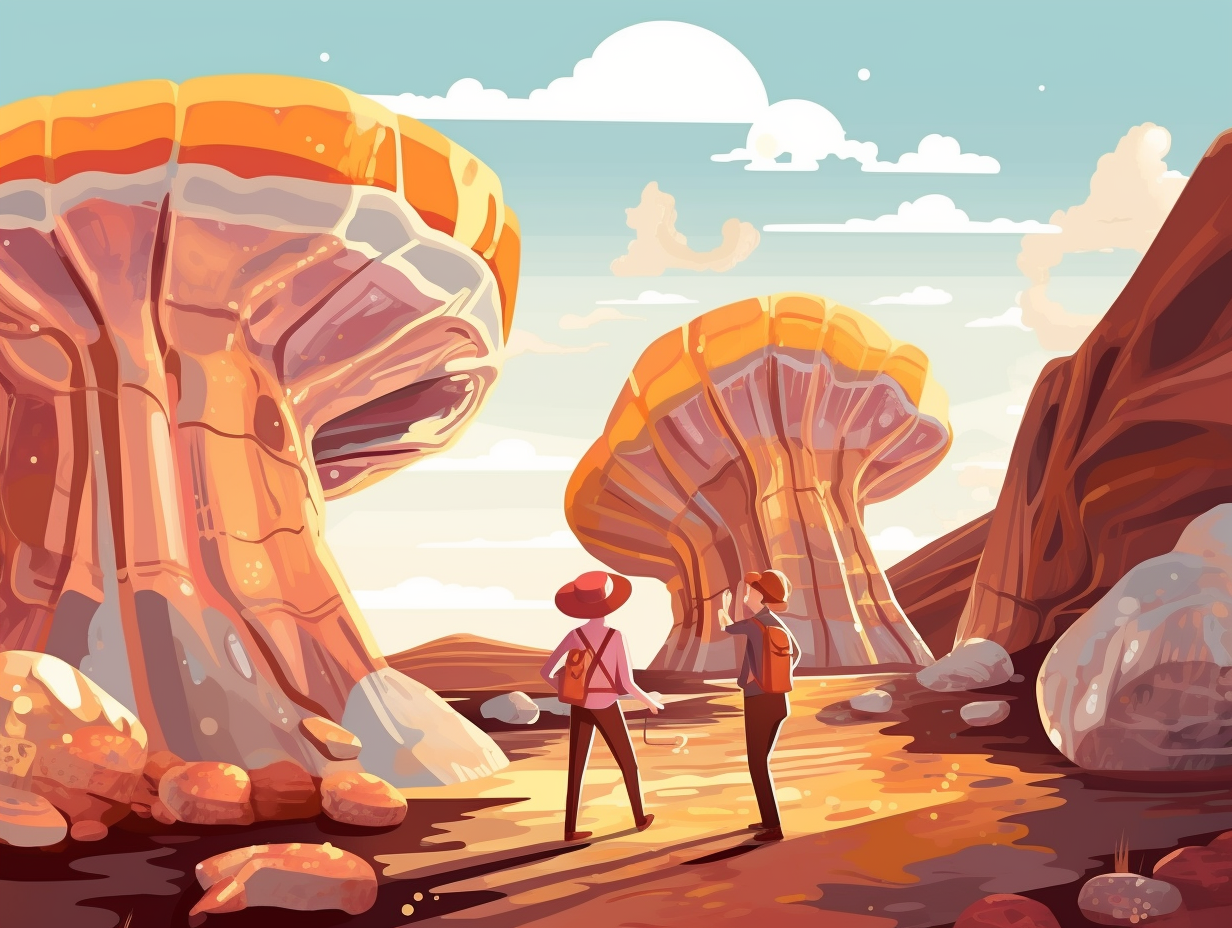Discover the Dazzling Desert: Top 13 Fun Facts About White Sands National Park
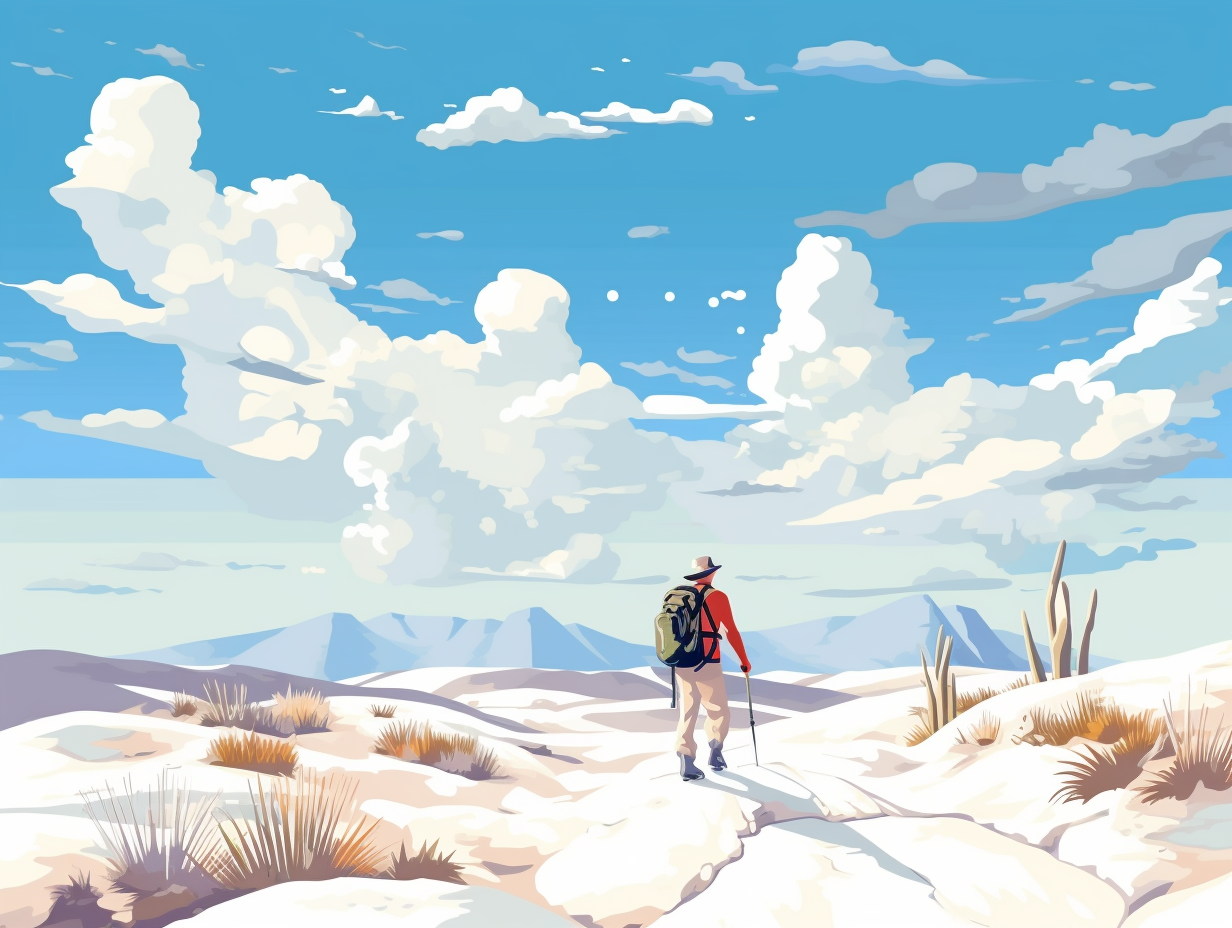
1. VIP Pupfish Club
Not to toot their own horn, but the White Sands pupfish have an exclusive VIP club only for the rarest of the rare: This tiny, extraordinary fish can be found in a mere four locations across the globe, with an esteemed membership at the White Sands National Park.
Source => newmexico.org
2. Gypsum: Dune's Techie Cousin
Ever met a dune that brushes its teeth and builds homes? Well, at White Sands National Park, that's all in a day's work for good ol' gypsum: The park boasts the largest gypsum dunefield in the world, where this handy mineral - found in products like drywall and toothpaste - dissolves in rainfall and snowmelt from surrounding mountains, and upon evaporating, forms a stunning array of gypsum sand and sparkling selenite crystals. Now that's one versatile dune!
Source => nps.gov
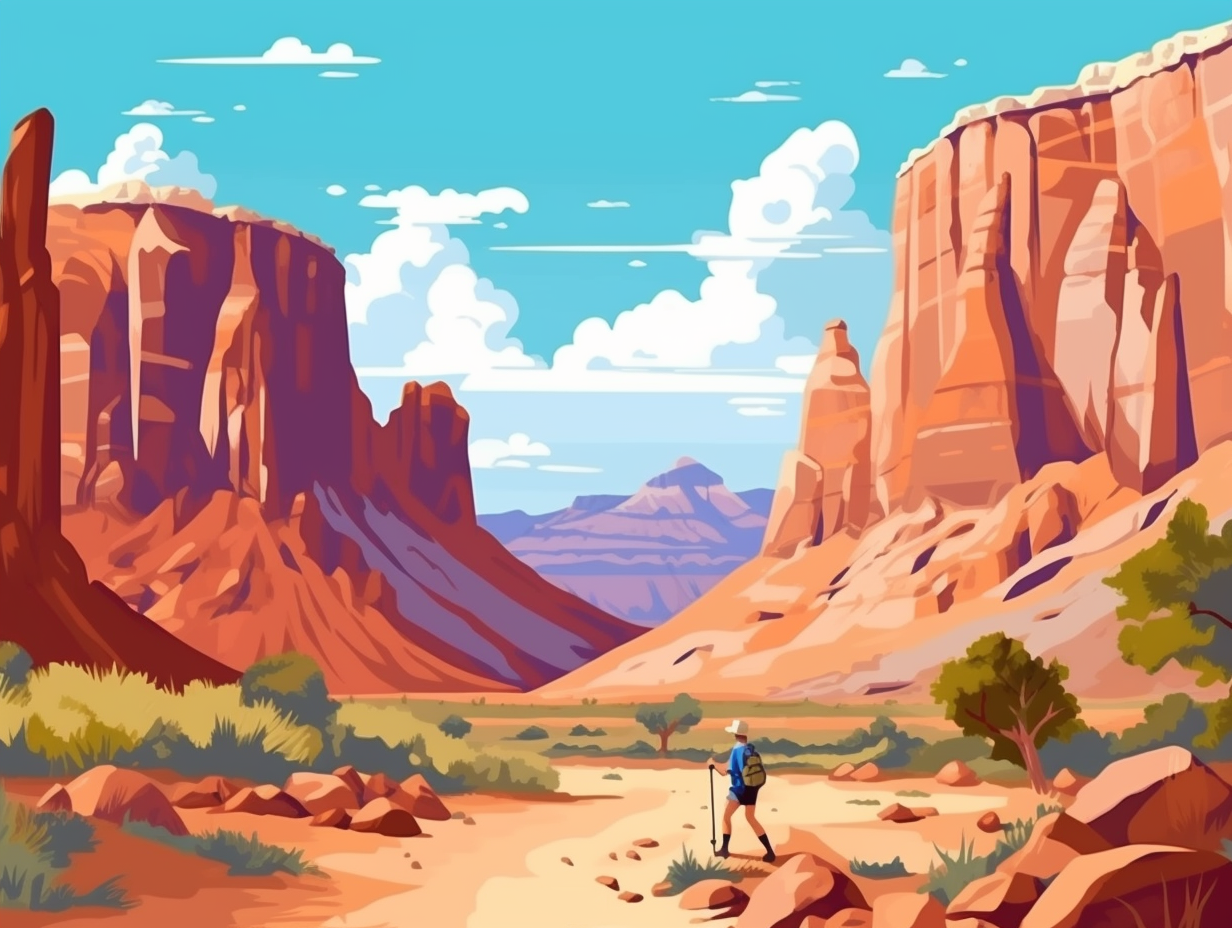
Discover the breathtaking sandstone formations of Cathedral Valley in Capitol Reef National Park, where the Temples of the Sun and Moon are just the beginning of the Gothic extravaganza waiting for you. Explore them on foot or by car, but be ready for your jaw to drop!
=> Fun Facts about Capitol-Reef-National-Park
3. From Atomic Bombs to Tourist Magnet
In a peculiar twist of fate, the very soil that once shook with the tremors of mankind's most destructive weapon now draws tourists in with its stunning alabaster allure: White Sands National Park, nestled in the Tularosa Basin, hosted the world's first atomic bomb test at its Trinity site in 1945 and housed key German scientists, like Werner Von Braun, the man behind the V-2 rocket. The White Sands Missile Range continues to aid military and NASA efforts to this day, and visitors can explore this fascinating history at the WSMR Museum, Missile Park, or the annual Trinity site public tour.
Source => nps.gov
4. NASA's Beach Party
If NASA ever hosted a beach party, they'd surely send an invite to White Sands National Park: It turns out, the park's striking gypsum dunes have been partying it up for thousands of years, evolving and moving several feet a day thanks to the wind and water cha-cha-cha. In fact, their show-stopping brightness is so iconic that they can even be seen grooving from outer space!
Source => nps.gov
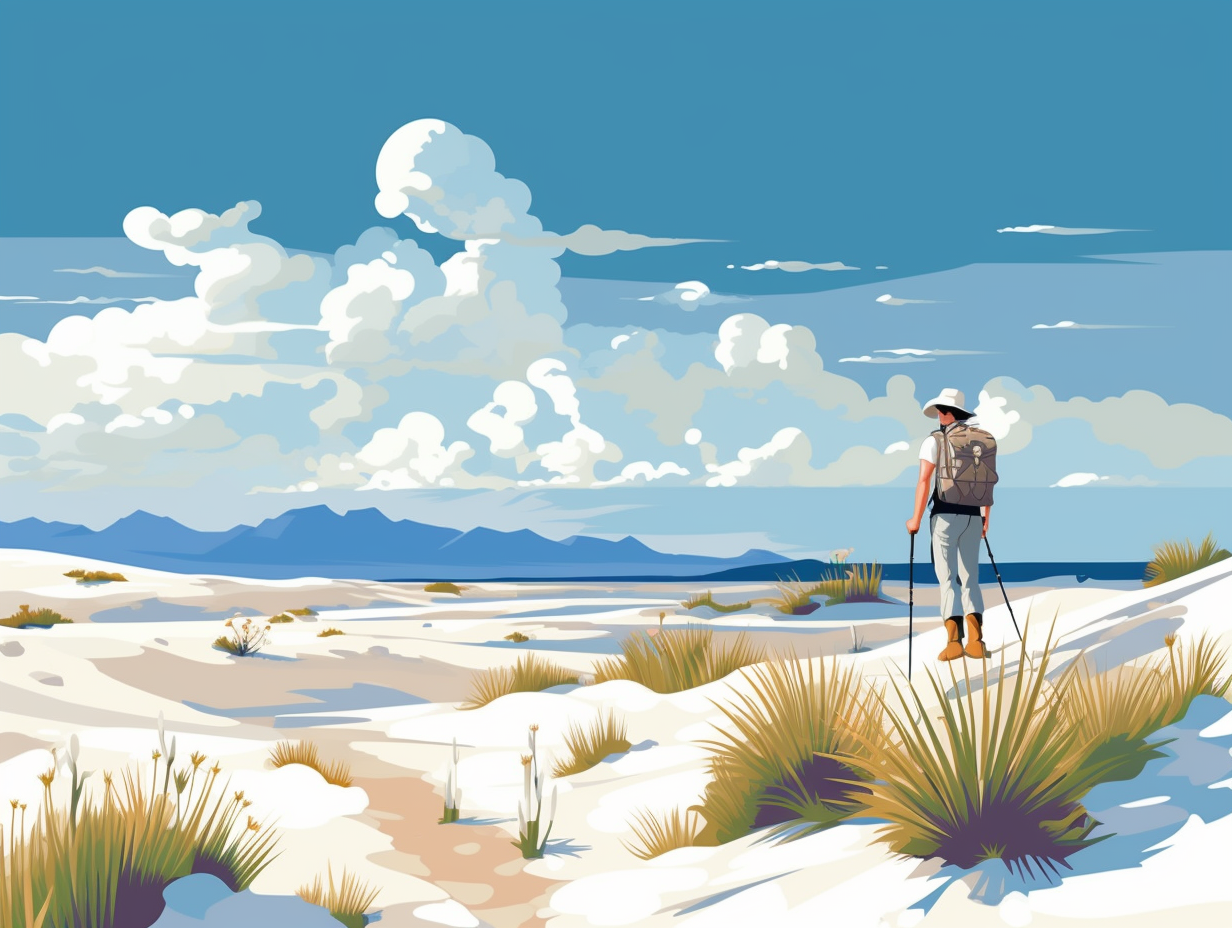
5. Indecisive Gypsum Playground
Where Dorothy must've vacationed when not in Oz, White Sands National Park is New Mexico's equivalent to the elusive Great and Powerful: a spectacularly shifty, desert masterpiece that can't decide where to plant its sandy roots. Oh, the joys of indecisive gypsum!: Located in the Chihuahuan Desert, White Sands covers 275 square miles, making it the world's largest gypsum dune field. The park's ever-changing landscape is sculpted by wind from the San Andres Mountains, preventing any marked trails...or decisions on its dune formations.
Source => wedreamoftravel.com
6. Zeus' Sandbox Tantrum
You might call it Zeus' sandbox tantrum: At White Sands National Park during the monsoon season, visitors can behold the breathtaking spectacle of lightning strikes dramatically illuminating the desert landscape. It's critical, however, to retreat to the safety of a metal-topped vehicle with rolled-up windows – after all, nobody wants an electrifying finale to their trip!
Source => nps.gov
7. Gypsum's Cool Cousin
Move over quicksand, it's time for a cool new cousin: White Sands National Park is the proud owner of the world's largest gypsum sand deposit, boasting a whopping 275 square miles of pearly white dunes that'll have you singing "I'm Dreaming of A White Desert." Who needs silica anyway? Here's the scoop on the sands: The entire desert is made up of fine gypsum, creating a unique texture and visual delight that has both dune buggies and desert critters saying, "Count me in!" The ever-shifting sand formations are sure to blow you away - literally - all thanks to the park's gusty winds and natural erosion.
Source => blog.susanevans.org
8. Desert Circus Performers
If you thought the only creatures who could survive a desert were deserters, you're in for a sandy surprise: White Sands National Park hosts over 600 species of invertebrates, including a high-flying acrobat – the jumping spider – who clears several inches in the air while chasing dinner, sharing its desert stage with wolf spiders, darkling beetles, harvester ants, and sand-treader camel crickets, each unrivaled performers in their survival skills amid gypsum sands.
Source => nps.gov
9. Gypsum Sledding Adventures
Next time you're planning a beach day, consider bringing a sled instead of a surfboard: White Sands National Park is home to cool-to-the-touch gypsum sand that's perfect for sledding on east-facing slopes, and waxing your sled will give you a wicked ride. Just remember to purchase your sled from the visitor center because they don't do rentals here!
Source => beyondyellowbrickblog.com
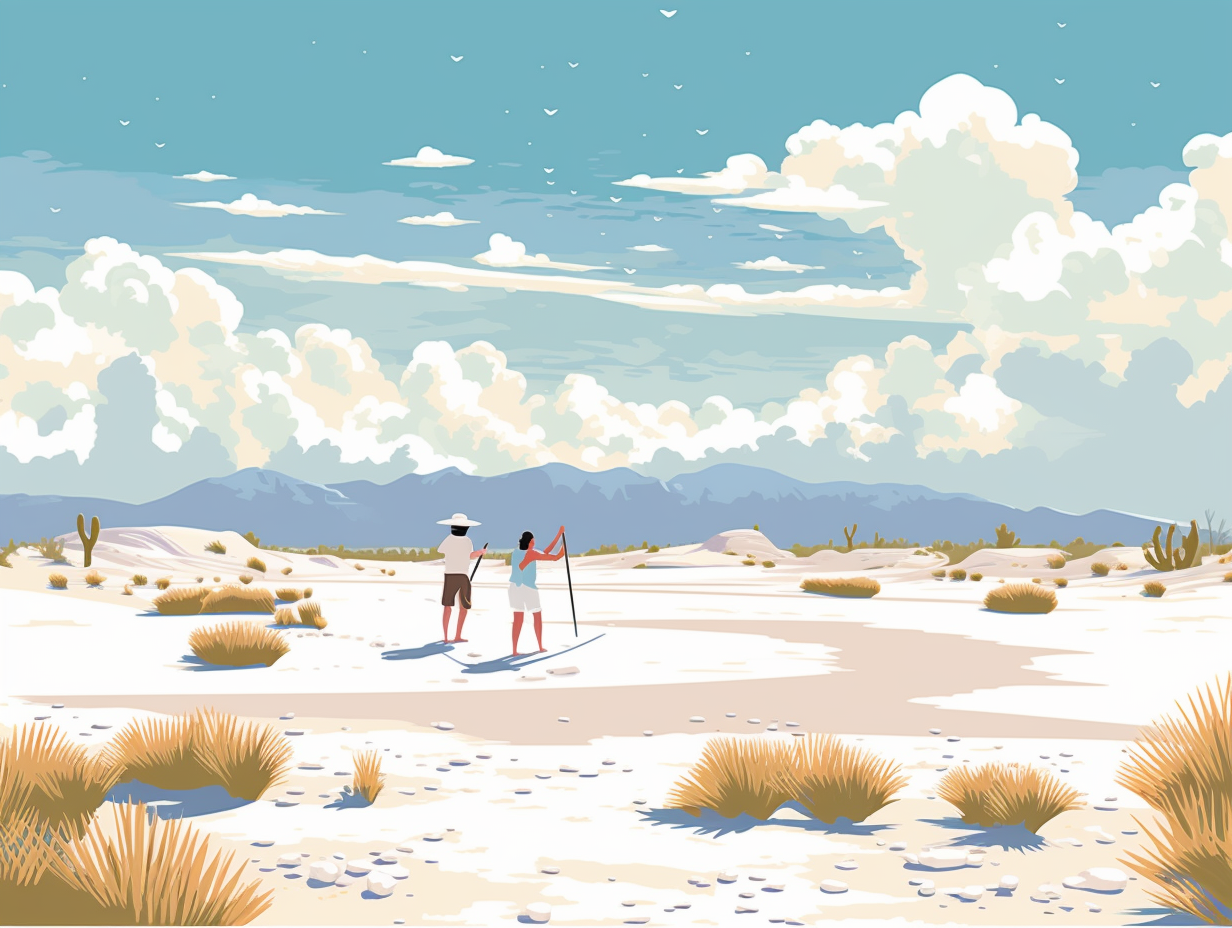
10. White Sands' Migration Marathon
If the sands at White Sands National Park were in a race, they'd be winning by a landslide – quite literally: The dunes at this ever-changing landscape migrate about 10 feet per year, with wind taking them on a rollercoaster journey where they grow appendages and engulf smaller dunes, creating a never-ending game of sand Pac-Man.
Source => newmexicomagazine.org
11. Hardcore Desert Dwellers
Whoever said "life's a beach" clearly didn't meet these tough guys: White Sands National Park's desert dwellers — including the white-tailed antelope squirrel, the sandhill crane, and the bleached earless lizard — thrive in the park's strikingly beautiful but merciless landscape.
Source => osti.gov
12. Tardiness Under the Stars: Pricey!
In the land of dunes and sunrises, punctuality is a must – or else you'll find yourself left in the lunar-like landscape past your bedtime: White Sands National Park offers special permits for visitors itching to witness the celestial wonders of a sunrise or night sky, but tardy stargazers best beware, as a fee of up to $75 per hour awaits, and rangers will give you just ten precious minutes to be on your way before they open or close the gates to these ethereal experiences.
Source => nps.gov
13. Celestial Amore and Mothapalooza
When the moon hits your eye like a big gypsum pie, that's amore: White Sands National Park features ranger-led programs like Sunset Strolls, Full Moon Hikes, and tours to Lake Lucero, the birthplace of the park's iconic gypsum dunefield, while also hosting an annual event called Mothapalooza, spotlighting the fascinating diversity of its native moth population and related entomologic research.
Source => nps.gov
Related Fun Facts


